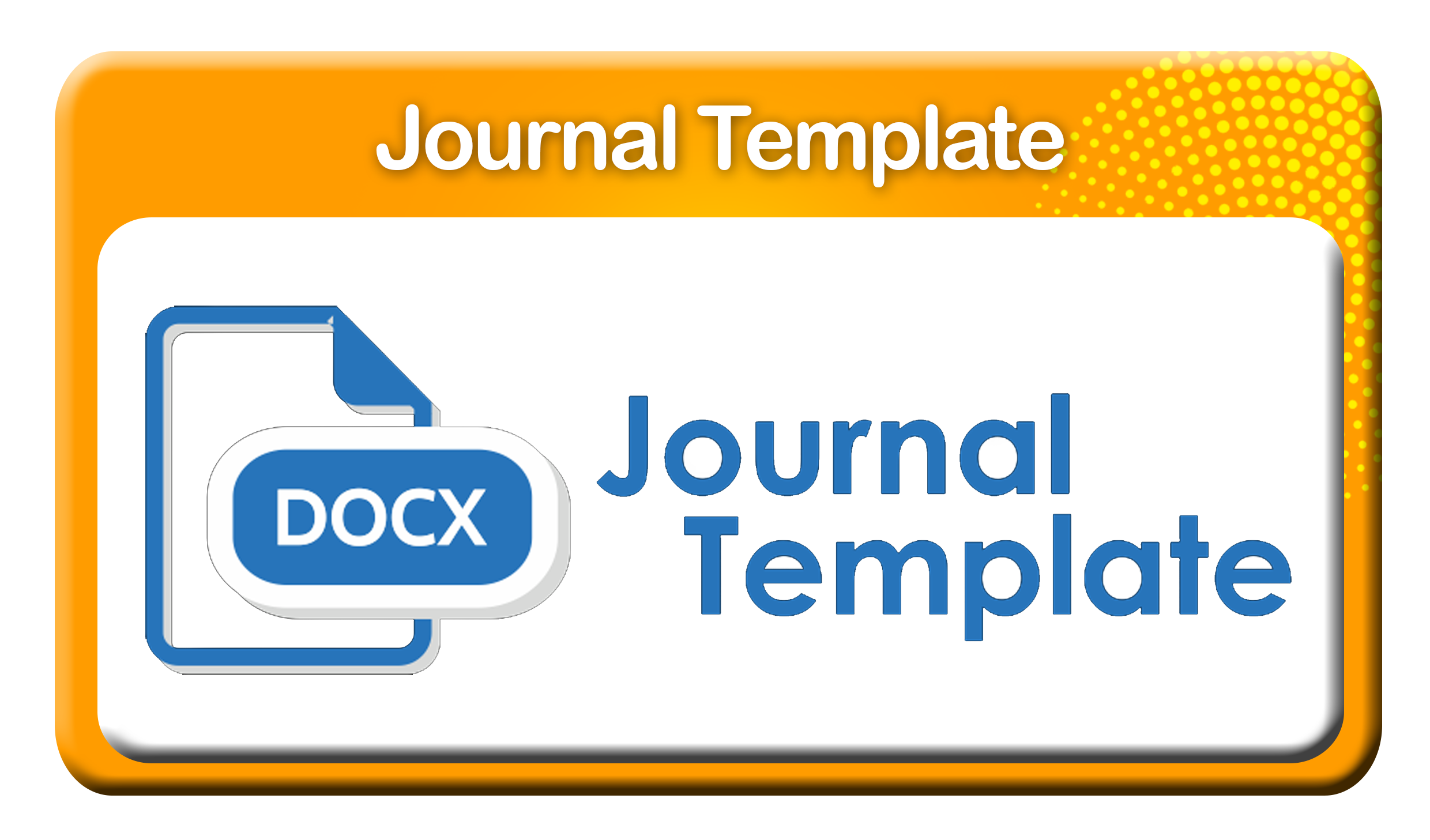RESPIRATORY AND CIRCULATORY PROBLEMS OF COVID-19 IN THE CONTEXT OF ESTABLISHING INTENSIVE CARE UNIT NURSING DIAGNOSIS
DOI:
https://doi.org/10.29082/IJNMS/2023/Vol7/Iss1/462Abstract
Introduction: The novel coronavirus disease 2019 (COVID-19) is a virus that attacks the respiratory tract with rapid spread and high mortality. Initial reports that COVID-19 associated with critical care due to the severity of the disease requiring mechanical assistive devices in its treatment. The purpose to identify the nursing diagnosis related to respiratory and circulatory problems of COVID-19 in the critical care unit.
Method: An integrative review highlights the issue that nursing problems related to respiratory and circulatory in COVID-19 patients admitted to the Intensive Care Unit (ICU). This study focuses on papers published from 2020 to 2021 using the keyword "clinical manifestation of COVID-19" which was accessed through the Pubmed database.
Result: The results showed that findings in articles that were reviewed and integrated with the SDKI. Nursing diagnosis related to respiratory problems such as 1) Ineffective airway clearance; 2) Dysfunctional ventilatory weaning response; 3) Impaired gas exchange; 4) Impaired spontaneous ventilation. Nursing diagnosis related to circulatory problems such as 1) Risk / decreased cardiac output; 2) Risk for bleeding; 3) Risk for effective renal perfusion; 4) Risk for ineffective cerebral perfusion.
Conclusion: Critical care nurses carry out a series of treatments based on the nursing process stages, one of which is the enforcement of a nursing diagnosis. The nursing diagnosis is needed to develop nursing plans and strategies for implementation so that the goals of nursing care are achieved.
Keywords: covid-19, nursing diagnosis, intensive care unit
Downloads
Downloads
Published
Issue
Section
License
Authors who publish with IJNMS agree to the following terms
- Authors retain copyright licensed under a Creative Commons Attribution-ShareAlike 4.0 International License that allows others to share the work non-commercially with an acknowledgement of the work's authorship and initial publication in this journal.
- Authors are permitted and encouraged to post their work online (e.g., in institutional repositories or on their website) prior to and during the submission process, as it can lead to productive exchanges, as well as earlier and greater citation of published work (See The Effect of Open Access). Authors can archive pre-print and post-print or publisher's version/PDF.









_IJNMS.png)






